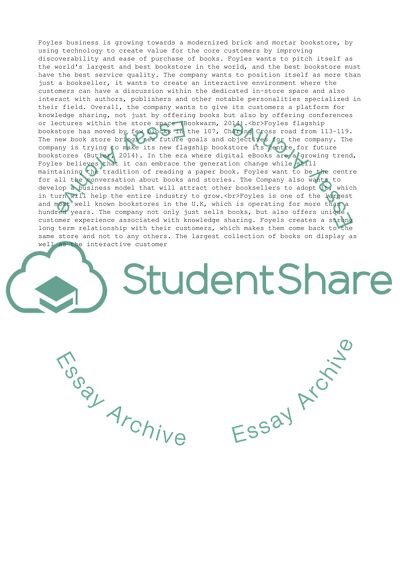Cite this document
(Business Strategy Assignment Example | Topics and Well Written Essays - 3000 words - 1, n.d.)
Business Strategy Assignment Example | Topics and Well Written Essays - 3000 words - 1. https://studentshare.org/business/1845931-business-strategy
Business Strategy Assignment Example | Topics and Well Written Essays - 3000 words - 1. https://studentshare.org/business/1845931-business-strategy
(Business Strategy Assignment Example | Topics and Well Written Essays - 3000 Words - 1)
Business Strategy Assignment Example | Topics and Well Written Essays - 3000 Words - 1. https://studentshare.org/business/1845931-business-strategy.
Business Strategy Assignment Example | Topics and Well Written Essays - 3000 Words - 1. https://studentshare.org/business/1845931-business-strategy.
“Business Strategy Assignment Example | Topics and Well Written Essays - 3000 Words - 1”. https://studentshare.org/business/1845931-business-strategy.


